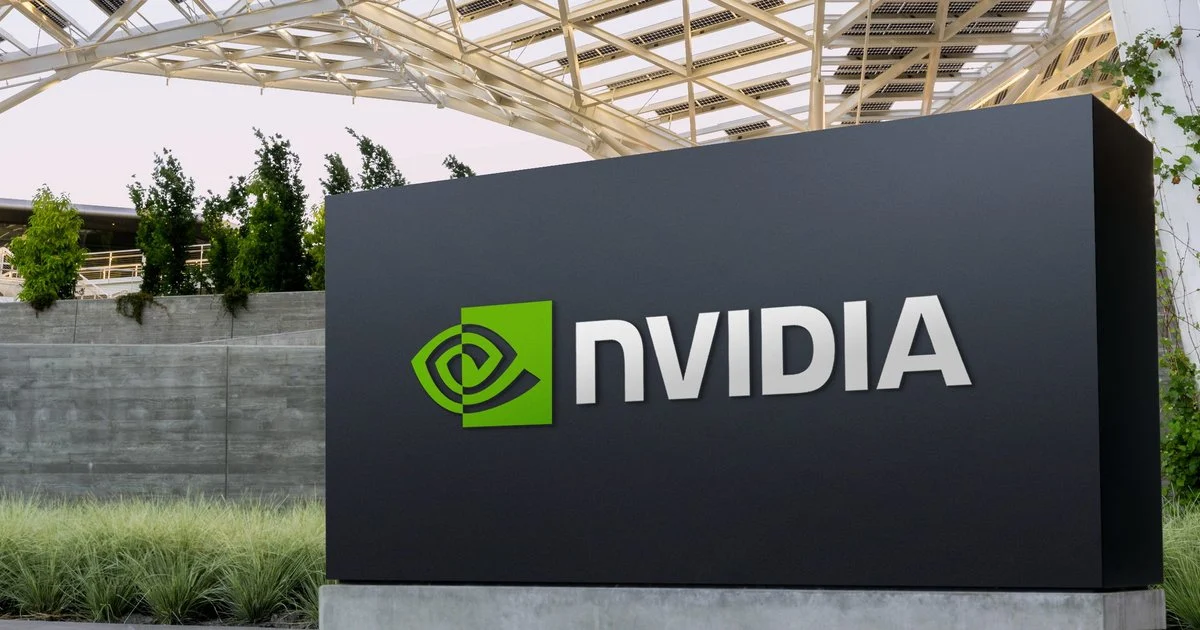Confessions of an Nvidia Cynic: How I Got the Story Wrong

For years, I had my Nvidia narrative locked in. I read the headlines, I participated in the forum debates, and I repeated the talking points with the confidence of someone who thought they had it all figured out. To me, Nvidia was the archetypal tech villain: a brilliant but greedy monopoly, leveraging its CUDA software to create a gilded cage for developers and milking its brand-loyal gamers with sky-high prices and questionable VRAM allotments.
When the CNBC reports hit, screaming that insiders were ‘dumping’ over a billion dollars in stock, it felt like the ultimate validation. “See?” I’d tell friends. “Even the executives, including Jensen himself, know this is a bubble. They’re getting out while the getting’s good.” Every article speculating about the ‘next Nvidia’—whether it was Meta’s custom silicon or a dark horse from Japan—was another piece of evidence for my case. The company’s meteoric rise was, in my mind, a spectacular anomaly, a dot-com bubble 2.0 fueled by AI hype, and the crash was inevitable. I wasn’t just a critic; I was a true believer in the company’s impending hubris-fueled decline.
My perspective began to fracture not because of a press release or a slick keynote, but because of a conversation with a former colleague who now runs a small AI startup in the medical imaging space. I was on my usual soapbox about CUDA lock-in, and he just smiled patiently. “You see a cage,” he said. “I see a foundation. We’re a team of twelve people trying to build something that can save lives. Do you think we have time to build an entire software stack from scratch? Nvidia gave us a platform—a difficult, expensive, but working platform—on day one. We’re not locked in; we’re accelerated.”
That one word—accelerated—stuck with me. It was the catalyst that forced me to question whether I was analyzing the situation or just repeating a convenient, cynical narrative. I decided to start over, to ignore the headlines and forum rage, and to dig into the subjects I thought I knew so well, starting with the most damning evidence: the insider ‘dump’.
One of the pillars of my cynicism was that the C-suite was cashing out, a clear vote of no confidence. It’s a powerful, simple story. But when I forced myself to look at the actual SEC filings and understand the mechanism of 10b5-1 plans, the story changed. These weren’t panicked, spur-of-the-moment sales. The vast majority were pre-scheduled, automated trading plans set up months, sometimes years, in advance. For executives whose compensation is heavily stock-based and whose net worth has multiplied by an almost comical factor, diversification isn’t just wise; it’s a fiduciary duty to their own families. Selling a fraction of a percent of their total holdings, even if it amounts to hundreds of millions of dollars, is not a signal that the ship is sinking. It’s a signal of responsible financial planning at an unprecedented scale. The ‘dump’ narrative was a lie of omission, conveniently ignoring the context to create fear. It was a difficult realization; what I had perceived as a smoking gun was, in reality, just standard corporate governance amplified by a world-historical stock run.
This led me to confront my belief in the ‘greedy monopoly’ angle. If Nvidia was so exploitative, why were entire countries lining up to buy its hardware? The answer, I discovered, lay in the company’s pivot to what it calls ‘Sovereign AI.’ I had dismissed this as marketing fluff, but as I read about initiatives in Japan, India, and across Europe, I understood. These nations aren’t just buying graphics cards. They are buying technological sovereignty. They are buying a complete, vertically integrated, off-the-shelf AI factory—from the chips and networking to the full software stack. My friend was right. The alternative to Nvidia’s ‘walled garden’ isn’t some open-source utopia; for now, it’s a fragmented, far less capable mess that would take years to assemble. Nvidia isn’t just selling the components; it’s selling the entire car, and it’s the only company that can deliver it at scale today. This isn’t a monopoly born of anticompetitive practices; it's a position of market leadership earned through decades of relentless, eye-wateringly expensive R&D. They simply built a better, more complete product that the world is now desperate for.
Finally, I had to address the constant drumbeat of the ‘Nvidia killer.’ For every article I read anointing a competitor, I started asking a different question: What is Nvidia itself doing? I had become so focused on the external threats that I had ignored the company’s own internal innovation. The AI data center business didn’t exist in any meaningful way a decade ago. The company built that market from the ground up. Now, with Sovereign AI, it’s doing it again at a national level. While the world speculates on who the ‘next Nvidia’ will be, the truth is that Nvidia has been the ‘next Nvidia’ three times over already. Even on the consumer front, a source of my deepest cynicism, I had to re-evaluate. The complaints about VRAM on the 40-series cards were, and are, valid. But the persistent, credible leaks surrounding the upcoming 50-series show a direct response to that feedback, with significant boosts to memory capacity and bandwidth. A true, deaf monopoly wouldn't bother to listen to its enthusiast base. An intelligent market leader does.
I am not here to tell you that Nvidia is a perfect company or that its stock price isn’t in rarefied air. I am here to tell you that I was wrong. My cynicism, while fueled by valid concerns, had blinded me to a more complex and compelling truth. I was so focused on the simple, satisfying narrative of a tech villain that I missed the story of a generational company building the very infrastructure of the future. The simple, angry narratives are always the easiest to believe. But as I discovered, they are rarely the whole story.

